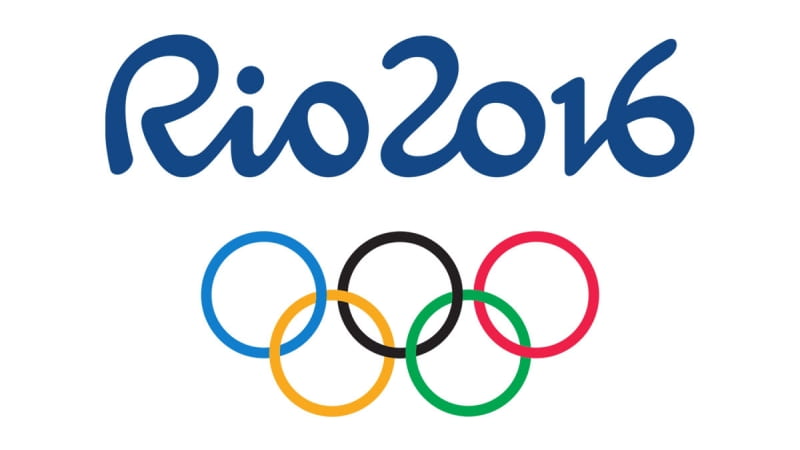CUPPING THERAPY: HOT TREND OR HOAX?
By: Sara Grady

The Rio 2016 Olympiad opened with a bang Friday night. Over opening weekend, though, the gymnasts and swimmers of Team USA brought more than just game faces to the arena. Athletes, including swimming superstar Michael Phelps, have been sporting distinctive round bruises on their shoulders and backs.
These bruises result from cupping, a therapy in traditional Chinese medicine. So why is the ancient practice suddenly so popular among American Olympians?
These round bruises appear where skin has been “sucked-up” inside the low-pressure dome of a small cup (usually made out of bamboo or glass) and then released a few minutes later. This suck-and-release practice is believed to increase blood flow and remove muscle tension (and, importantly, doesn’t break the Games’ drug-free regulations like other pain supressors and muscle relaxers).
There are several variations of the practice, all of which stem from the idea that a vacuum creates suction. I use the term “suction” and “creates” liberally here, as a vaccum doesn’t actually do anything. On earth, atmospheric pressure and air push down on us. In cupping, the partial vaccum — or reduced air pressure zone — created by the cup means there is less air pushing down on the skin inside the cup rim than the normal air pressure exerting force on the skin outside the cup rim. It’s not that the vaccum is exerting force, but that the usual force of our atmosphere has been removed.
The athletes on Team USA primarily sport the tell-tale bruising on areas of their shoulders and upper back, concentrating the treatment on large muscles and soft tissue such as the deltoid (shoulder) and upper trapezius (a triangular muscle running from the nape of the neck across the top of the back). (Or, as seen on Phelps’ Instagram, also on the bicep femorus or back of the thigh.)
While the practice is certainly getting a lot of screen-time during the Olympic Games, research to support it has been thin on the ground. Medical and scientific professionals have been very vocal about their skepticism, particularly around unproven claims it can help with a wide variety of ailments from pneumonia to cancer. But there is some literature on the subject across a range of disciplines.
Researchers in Singapore published an article in The Journal of Biomechanics in 2006 exploring cupping through mathematical modelling, measuring the localized effects of the tension and compression of soft tissue during cupping practice. The research concluded the low-pressure area of the partial vacuum created does significantly stress the soft tissue directly within the cup’s circumference and beneath its rim, but not elsewhere.
PLOS one published a review of cupping therapy studies from researchers at Beijing University in 2012. The team decries the inconsistent methodologies and lack of randomized controls across the existing literature. The study does, however, conclude with a call for further, more rigorous trials as some of the studies reviewed indicate potentially effective treatment options for skin-related conditions such as acne and shingles (herpes zoster).
A group of researchers in Germany, published in PLOS one in 2013, published a small randomized control trial of cupping massage for patients with chronic neck pain which found it no more — but also no less — effective in managing pain than progressive muscle relaxation over 12 weeks.
While there is no rigorous scientific data to indicate cupping supports disease treatment or muscular hypertension relief, it is a comfort to know the literature review from Beijing University did conclude no serious adverse effects were reported in the 135 trials reviewed.
Perhaps the placebo effect is just enough of a psychological edge to push athletes that extra inch and clinch a medal in Rio.
